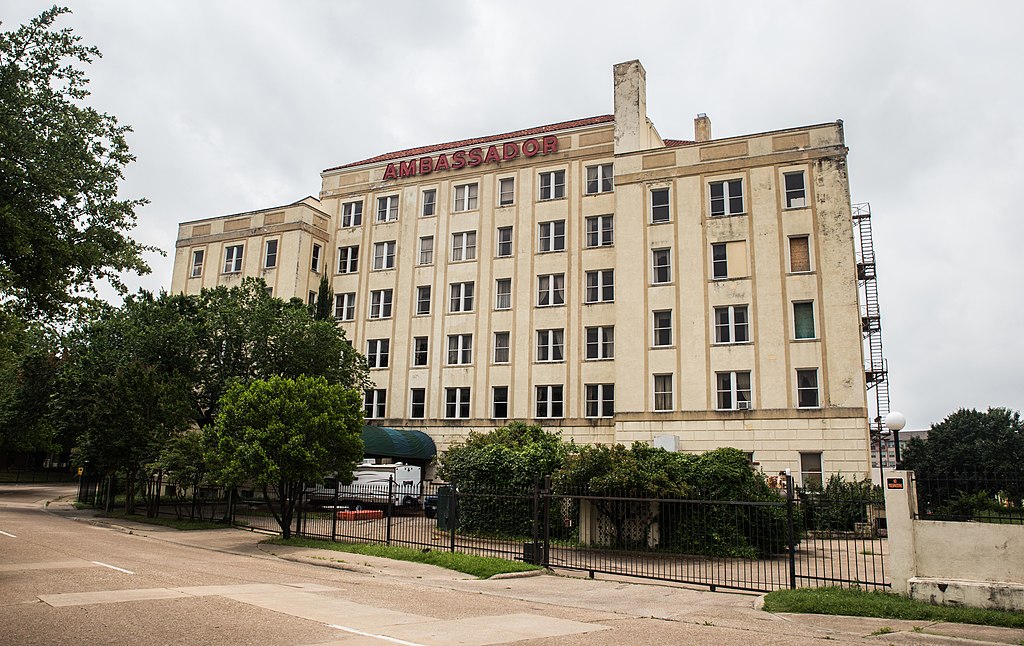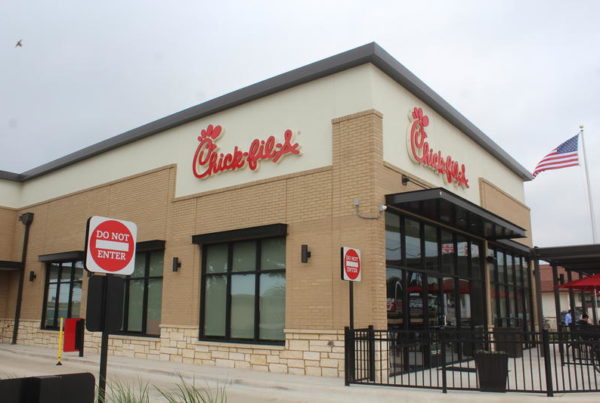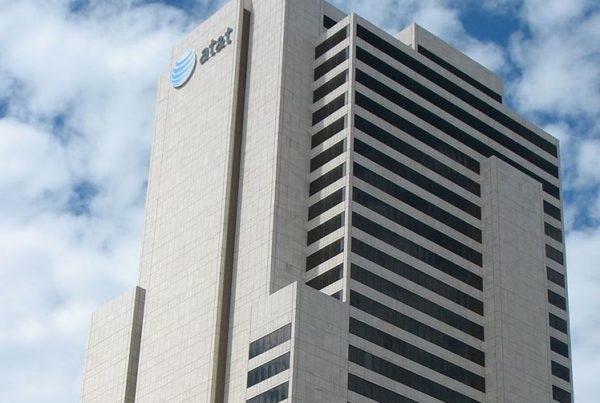As Texas cities grow, some of their aging structures are crumbling along with their legacies. The recent fire at the 115-year-old Ambassador Hotel in Dallas might be a sign that not enough is being done to preserve historic architecture in Texas cities.
Mark Lamster is architecture critic at The Dallas Morning News and a professor of architecture at the University of Texas at Arlington. He says Dallas is losing important parts of its history when it fails to preserve historic buildings.
“Dallas is in a perpetual state of destroying its history.” Lamster says. “As is much of Texas.”
He says Dallas lost another building with architectural importance last year, the Great National Life Insurance Building, after its owners tore it down. Lamster says it was a “monument” to midcentury modern architecture. He says right now, unless a building is in the core of downtown Dallas, the city doesn’t have a building-preservation ordinance or process to prevent such demolitions.
Lamster says while some may think it’s costly to preserve historic buildings, he says they can actually be the “economic drivers” of a community.
“We kind of think of preservation as this backwards-looking ideal where we are doing something that is economically costly, and it’s really just the opposite.” Lamster says. “It creates the kind of places where people want to be.
He’s not against building new structures, but also says cities can still keep old buildings even as they erect new ones.
“No one is more on board for building great modern buildings than I am, but that doesn’t mean we have to jettison the old.” Lamster says. “We keep who we are. I don’t think we want to be in a place where have no past.”
He says rather than picking and choosing which buildings should be preserved one by one, Dallas, and Texas for that matter, should have departments dedicated to preservation so the process is consistent everywhere.
“It’s about establishing processes and laws, and an ethos, a bureaucracy within the city, and within the state, that will effectively support preservation,” Lamster says.
He says that could look like incentives for companies to use older buildings, or laws that can pause demolition so a city can consider whether to preserve a structure.
“We need to appreciate that the buildings around us really define who we are, and we need to think carefully about how we are going to manage that environment,” Lamster says.
Written by Geronimo Perez.















